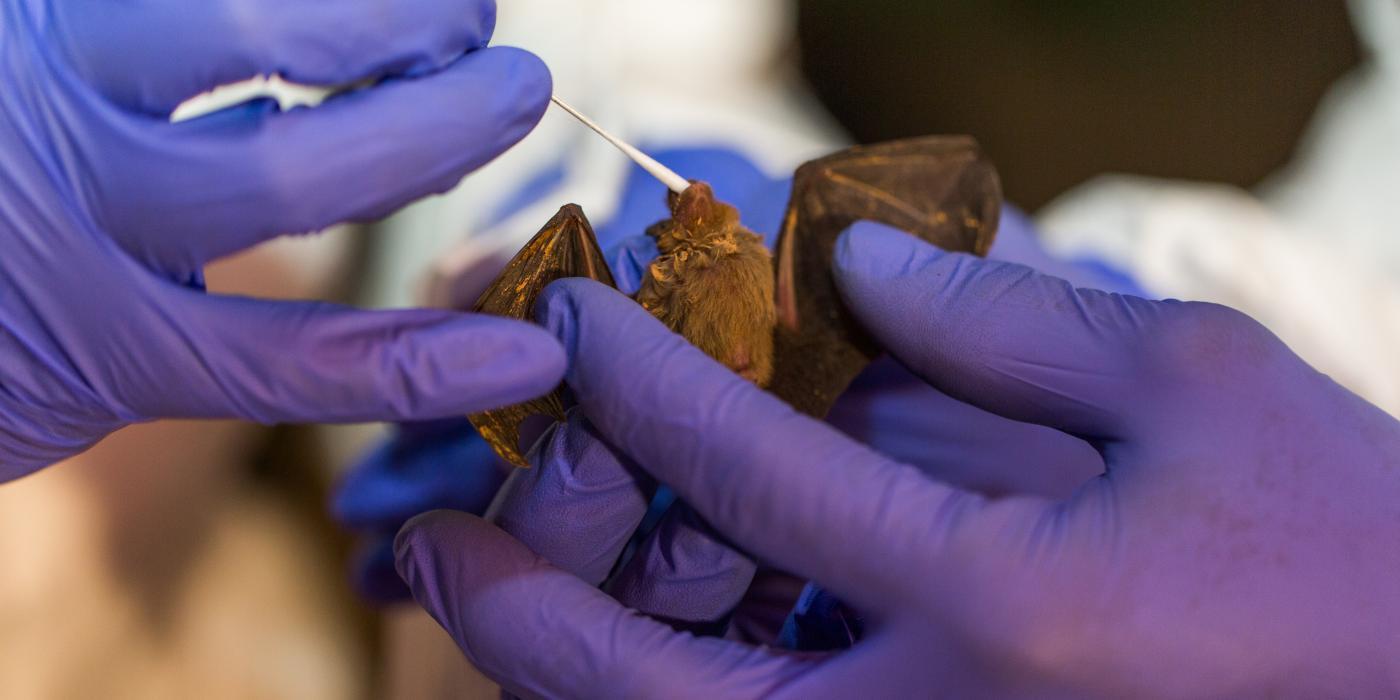Smithsonian Scientists Aid in Decoding a Mammalian Mystery: The Genetics of the Pangolin
Smithsonian Conservation Biology Institute scientists, as part of a team of international researchers, have shed light on the genetics of the pangolin, a mammalian mystery. Recently published in the August edition of Genome Research, this study compared the genetic makeup of both Malayan and Chinese pangolins to those of other more discernible mammals. The scientists learned that sets of pseudogenes (or copies of genes that no longer function) are responsible for some of pangolins' more curious characteristics, for example, their lack of teeth. Most surprisingly, the study found that unlike most other mammals a gene associated with the skin's ability to fight disease does not function in pangolins. This suggests that instead, their scales were developed to serve as armor to defend against predators. Pangolins use their long, muscular tongues to slurp up ants and termites. They are the only mammals that are entirely covered in scales and can curl into a ball when frightened. Native to Africa and Asia, all eight species of pangolin are designated as vulnerable, endangered, or critically endangered by the International Union for Conservation of Nature. Threatened by relentless hunting and poaching for food and medicinal purposes, a better understanding of the pangolin is crucial to its conservation.



